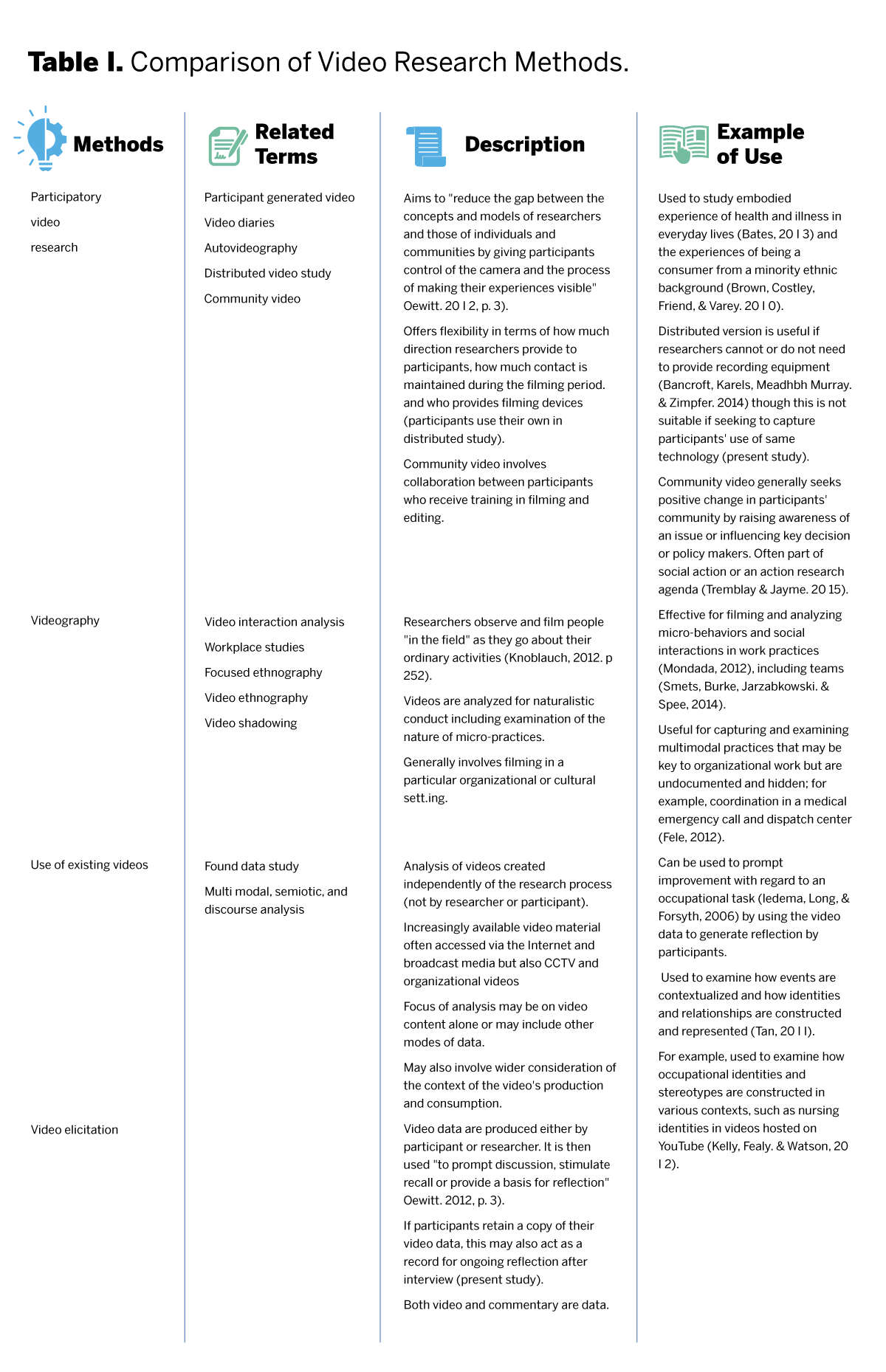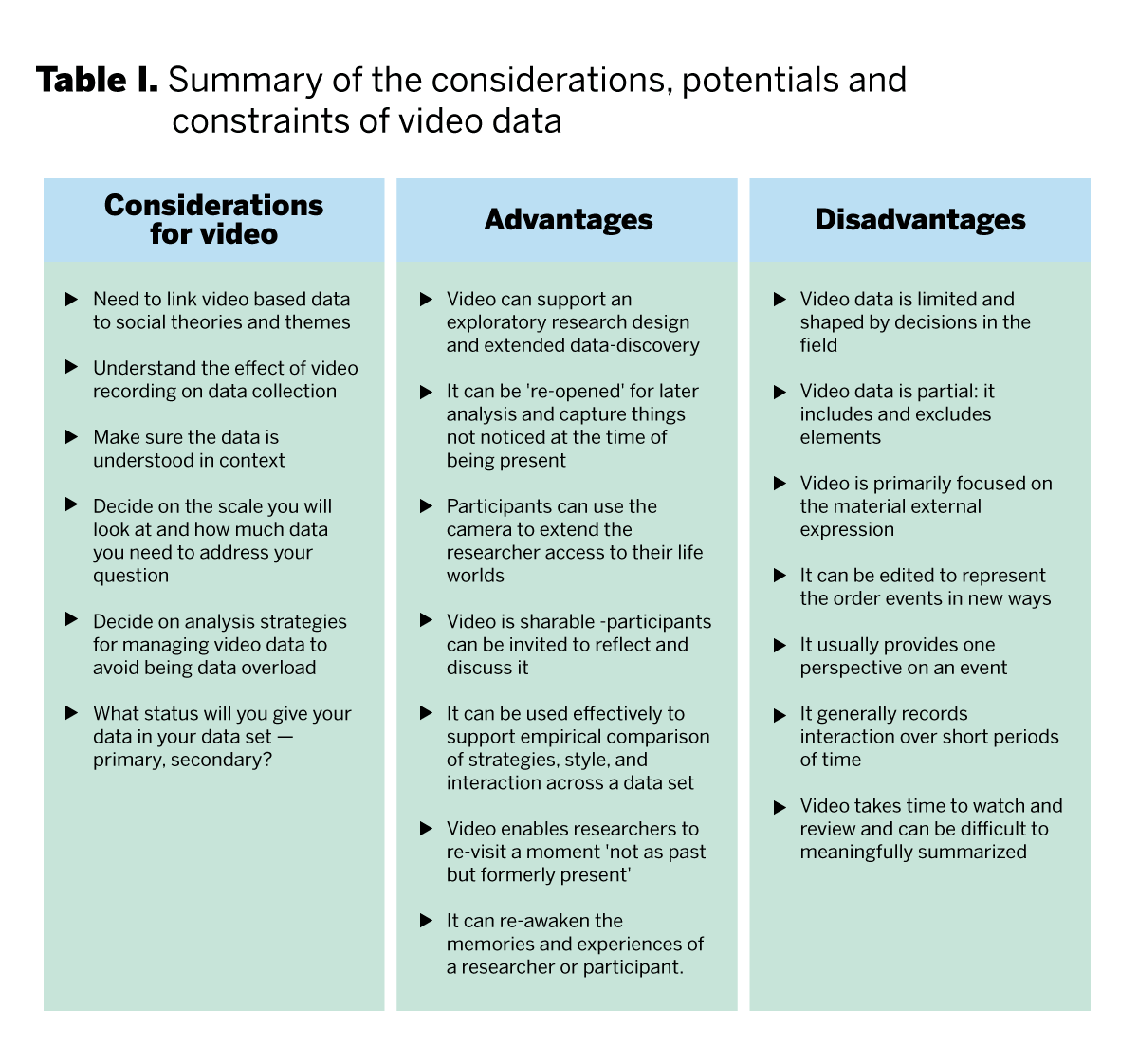What is video in qualitative research?
One of the major challenges and opportunities for organisations today is gaining a deeper and more authentic understanding of their customers.
From concerns and feedback to approval and advocacy, uncovering customer sentiment, needs and expectations is what will empower organisations to take the next step in designing, developing and improving experiences.
Most of this starts with qualitative research — e.g. focus groups, interviews, ethnographic studies — but the fundamental problem is that traditional approaches are sometimes restrictive, costly and difficult to scale.
Discover how Qualtrics Video Feedback can support your qualitative research studies today
The challenges of traditional and disparate qualitative research
SLOW → Long time to value while teams or agencies scope, recruit, design, build, execute, analyse & report out on studies. It also takes a long time to sift through qualitative data (e.g. video) and turn it into insights at scale.
EXPENSIVE → Qualitative methods of research can be costly, both when outsourcing to agencies or managing the process in-house. Organisations also have to factor in participant management costs (travel, hotels, venues, etc.).
SILOED → Data and research tools are outdated, siloed and scattered across teams and vendors, resulting in valuable data loss; no centralised approach to executing studies and incorporating customer/market insights across teams to support multiple initiatives. It also makes it hard to perform meta-analysis (e.g. perform analysis across multiple studies & methods) .
HARD TO SCALE → Requires a lot of manual analysis; lack of in-house research & insights expertise due to cost of hiring/maintaining internal teams; heavy reliance on expertise of consultants to deliver quality insights; data from studies only used for initial research question, when it could be used by other teams.
Of course, while some organisations are using qualitative research, most rely heavily on in-person methods, manual work and a high degree of expertise to run these studies, meaning it’s near impossible to execute on data without these three things.
Alternative options that many organisations rely on:
- Agencies: Services-dependent with either an in-person or digital collection process, usually performed in a moderation style. Are slow, expensive, and result in loss of IP. Recruitment for interviews and discussion/diary studies can take a couple weeks or more. Reporting takes another couple weeks.
- In-person: Results in loss of efficiency & IP; data can’t be leveraged in concert with quantitative data easily; data can’t be reused. Very labor intensive to review and analyse all content.
- Point solutions: Technology providers for collecting synchronous or asynchronous video feedback. Can be either moderated or unprompted. Disconnected from other research and teams that could benefit from data and insights.
- Traditional qualitative studies: Organisations typically depend on traditional studies like, focus groups, personal interviews, phone calls, etc.
The reality is that the world has changed: the pandemic, coupled with the emergence of widespread remote and hybrid working, has forced researchers to move their efforts online.
Consequently, many organisations have turned to video feedback, a cost-effective type of qualitative research that can support existing methods. And it’s paying massive dividends.
History of video in qualitative research
Video in qualitative research is nothing new, and organisations have been using this response-gathering method for years to collect more authentic data from customers at scale.
It’s long been viewed as a medium through which an audiovisual record of everyday events, such as people shopping or students learning, is preserved and later made available for closer scrutiny, replay and analysis. In simple terms, video offers a window through which researchers can view more authentic and specific situations, interactions and feedback to uncover deeper and more meaningful insights.
But with the rapid shift to digital, video has quickly become a popular type of supplementary qualitative research — and is often used to support existing qualitative efforts. Plus, the growing ubiquity of video recording technologies (Zoom, Skype, Teams), has made it even easier for researchers to acquire necessary data in streamlined and more effective ways.
The reason it’s so effective is because it’s as simple as using a mobile phone to record audio and video with just a press of a button. Plus, the affordability of high-quality technical equipment, e.g. wearable microphones, and superior camera quality compared to other forms of digital recording has made video a strong supplementary component of qualitative research.
As a result, video provides respondents with the freedom and flexibility to respond at their leisure — removing any issue of time — and with smartphone technologies that are increasingly of high grade, helping to mitigate costs while increasing scale.
And the best part? Organisations can get more insightful and actionable insights from data around-the-clock, and that data can be utilised for as long as necessary.
Types of video qualitative research methods
In 2016, university researcher, Rebecca Whiting, in ‘Who’s Behind the Lens?: A Reflexive Analysis of Roles in Participatory Video Research’, described the four types of video research methods that are now available:
- “Participatory video research, which uses participant-generated videos, such as video diaries,
- Videography, which entails filming people in the field as a way to document their activities,
- Video content analysis, which involves analysis of material not recorded by the researcher, or
- Video elicitation, which uses footage (either created for this purpose by the researcher, or extant video) to prompt discussion.”
The table below summarises these methods, providing clear descriptions and examples of use for researchers:

What’s increasingly clear is that as technology advances and cloud-based platforms provide video streaming and capture services that are increasingly accessible, researchers now have an always-on, scalable and highly effective way to capture feedback from diverse audiences.
With video feedback, researchers can get to the “why” far faster than ever before. The scope of video in qualitative research has never been wider. Let’s take a closer look at what it can do for organisations.
Scope of video in qualitative research
There are several benefits to using video feedback in qualitative research studies, namely:
- More verifiability and less researcher bias – If a video record exists of a conversation, it’s possible to review.
- More authentic responses – in an open-ended survey, some participants may feel able to describe their views better in film, than by translating it down into text. This often results in them providing more “content” (or insight) than they would have done via a traditional survey or interview.
- Perception of being faster – The perceived immediacy and speed of giving feedback by video may appeal to people with less time, who otherwise may not have responded to the survey.
- Language support – The option for people to answer in their own language can help participants open up about topics in a way that writing down their thoughts may not allow for.
- Provides visual cues – Videos can provide context and additional information if the participant provides visual cues like body language or showing something physical to the camera.
- Video has some benefits over audio recordings and field notes – A working paper from the National Center of Research Methods found three benefits: “1) its character as a real-time sequential record; 2) a fine-grained multimodal record; and 3) its durability, malleable, and share-ability.”[1]
- Empowers every team to carry out and act on insight — With video responses available for all teams to view and utilise, it becomes significantly easier for teams to act on insights and make critical changes to their experience initiatives.

How can Qualtrics help with video in qualitative research?
Qualtrics Video Feedback solution is a for-purpose benefit to the Qualtrics products that help businesses manage their video feedback and insights, right alongside traditional survey data types.
It brings insights to life by making it easy for respondents to deliver their thoughts and feelings through a medium they’re familiar and comfortable with, resulting in 6x more content than traditional open feedback.
As well as this, Qualtrics Video Feedback features built-in AI-powered analytics that enables researchers to analyse and pull sentence-level topics and sentiment from video responses to see exactly how respondents feel at scale.
Finally, customisable video editing allows researchers to compile and showcase the best clips to tell the story of the data, helping to deliver a more authentic narrative that lands with teams and key stakeholders.
Qualtrics Video Feedback provides:
- End-to-end research: Conduct all types of video feedback research with point-and-click question types, data collection, analytics and reporting — all in the same platform. This means it’s easy to compare and combine qualitative and quantitative research, as well as make insights available to all relevant stakeholders.
- Scalability and security: Easily empower teams outside the research department to conduct their own market research with intuitive tools, guided solutions, and centre of excellence capabilities to overcome skill gaps and governance concerns.
- Better, faster insights: As respondents can deliver more authentic responses at their leisure (or at length), you can gather quality insights in hours and days, not weeks or months, and at an unmatched scale.
Discover how Qualtrics Video Feedback can support your qualitative research studies today